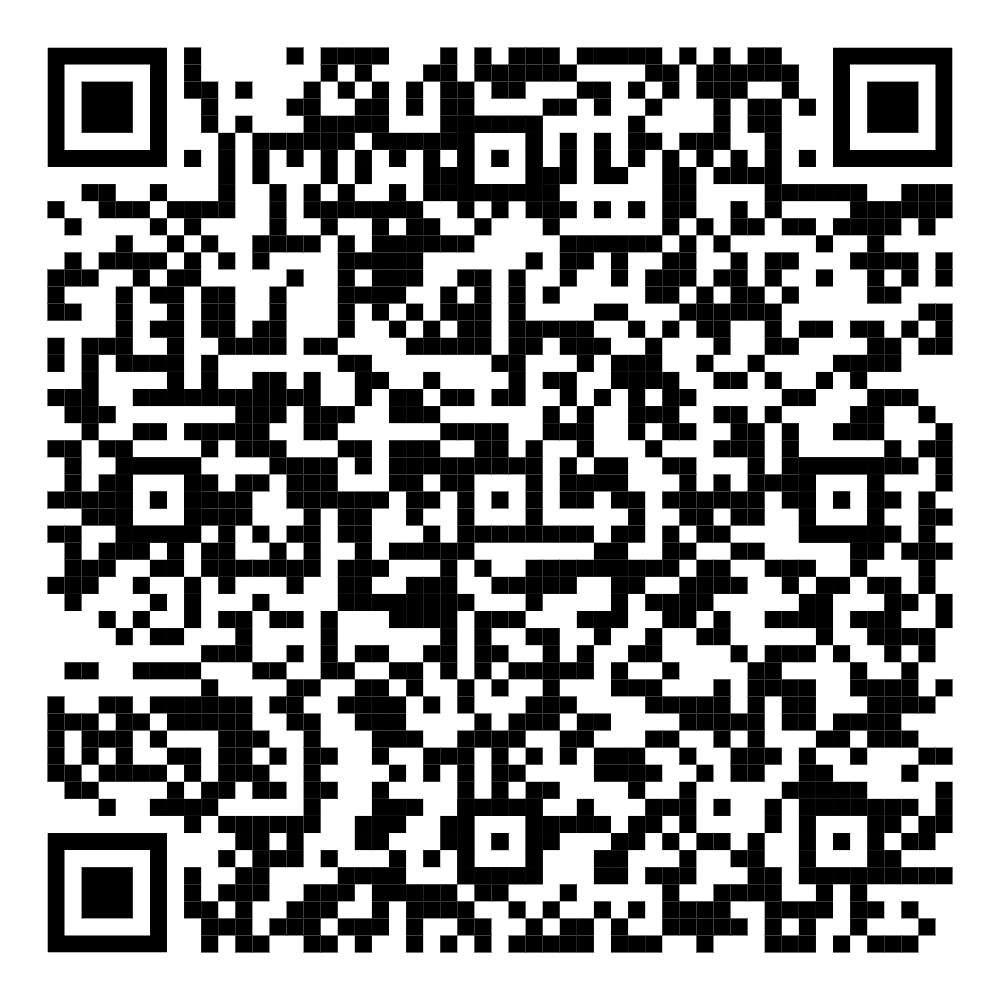The agricultural sector in Rwanda contributes a third of the country’s Gross Domestic Product (GDP). Majority of Rwandans depend on farming on the small farms to make a livelihood for themselves and their families. Most farms average at an acre in size and as such, knowing the farm size if quite crucial in agricultural planning.
It is essential for farmers to know the size of their farms as it will help plan for the required amount of inputs such as fertilizer and seed. Consequently, it is easier to determine the crop yield capacity of the farm.
For the Cooperative des Agriculteurs de Mais de Nyanza (COAMANYA) and other farmers totaling to 2,000, it is quite challenge to know the exact size of their farms. The U.S. African Development Foundation (USADF) recently teamed up with Milan Innovincy to provide Rwandese farmers with agricultural information and services. The project uses GPS to map out the plots of land. Milan Innovincy is an agriculture analysis company.
USADF, which provides seed capital and technical advice as part of their ‘Feed the Future Partner’ program, has so far constructed a maize mailing factory under COAMANYA worth $250,000. Meanwhile, Milan Innovincy specializes in geospatial mapping aimed at advancing agricultural production. The two companies have come together to help COAMANYA in a pilot project that will enable the farmers to maximize healthy agricultural production.
The pilot project incorporates a digital platform where farmers map the exact size of their farms using satellite images and GPS. The program is written in the local language enabling farmers to quickly input data. A domestic extension worker is also provided to help farmers in tracking vital weather and agricultural information. The digital platform also sends quick SMS to farmers to guide them through the process.
The final information helps farmers to predict crop yield capacity, size of land and expected sale revenues. It is also used in negotiating for better financial options from banks and other financing organizations. Rwandese farmers hope that the technology will help in predicting floods occurrence that regularly destroys their plantations.
More than 1000 plots of land have been mapped so far.






